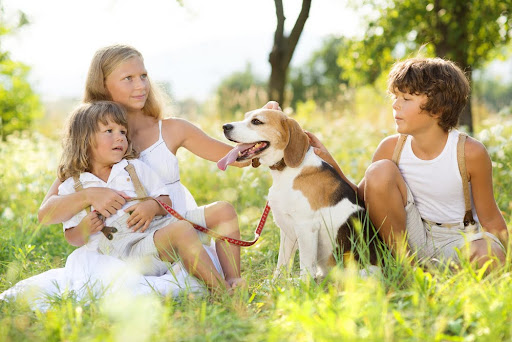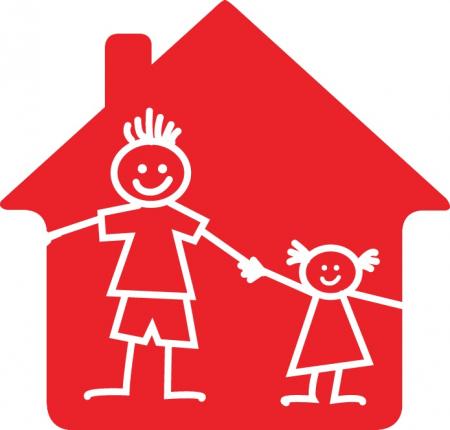
As parents, ensuring the safety of our children is paramount, particularly in public spaces where unforeseen risks can occur. From crowded parks to bustling streets, the potential for accidents exists, and it's up to families to take proactive steps to protect their young ones. In this article, we'll explore essential strategies to help safeguard children in various public settings, using verified facts and expert recommendations to guide our approach.
Understanding the Risks in Public Areas
Public spaces can present a variety of hazards for children, from physical injuries to encounters with pets. According to On the Map, a mere 3% to 4% of personal injury cases end up going to trial, suggesting that many incidents are settled outside the courtroom, often because they involve preventable circumstances. Families should be aware of such risks to implement preventive measures effectively.
Vigilance is key when it comes to recognizing the dangers present in public settings. By staying alert and understanding growth-appropriate experiences, families can create a secure environment for their children. The presence of unfamiliar pets and unpredictable traffic means parents must keep a watchful eye, balancing freedom for the children with necessary safety oversight.
Families should consider implementing community safety strategies such as buddy systems and designated check-in spots. These methods can significantly reduce the chances of children wandering off or encountering harmful situations alone. By instilling safety-first habits, children are better equipped to navigate public spaces confidently and securely.
Handling Interactions with Animals
Interactions with animals, particularly dogs, can pose significant dangers if not managed carefully. According to the American Pet Products Association, an overwhelming 92% of dog owners do not enroll their pets in obedience classes, potentially increasing the risk of unpredictable animal behavior. Educating children on how to approach and react to animals can be an effective way to minimize related accidents.
Teaching children about animal body language and respecting a pet's space can go a long way in ensuring their safety. Parents should encourage children to ask the owner's permission before petting unknown animals, thus fostering safe interactions. Supervised experiences with animals can help build a child's confidence while enhancing their understanding of responsible and safe animal interaction.
Communities can support safety efforts by organizing local events aimed at educating families and children about animal safety. By involving dog owners and trainers in these programs, the community can broaden awareness and promote responsible pet ownership. Such collective efforts not only protect children but also foster more harmonious interaction between pets and the public.
Preventing Accidents in Recreational Areas
Recreational areas are popular spots for children's play, but they also come with their own set of challenges. According to Swartz & Swartz, a startling majority of golf cart accidents involving adolescents impact those 12 years old and younger. Families should be aware of such risks and ensure that children adhere to safety regulations and age-appropriate activities.
Supervising children during playtime and establishing clear ground rules can help prevent accidents in recreational settings. Children should be encouraged to explore but with constant reminders of the potential risks of activities outside their skill level or age group. Keeping open lines of communication with children about safety can help them make informed choices.
Many recreational facilities now offer safety programs designed to educate families about best practices and safety protocols. Participation in these programs can increase awareness and provide families with valuable tools to use when visiting communal recreational spaces. With proper guidance and proactive measures, families can enjoy time in recreational areas while minimizing risk.
Teaching Children About Personal Safety
Beyond external threats, teaching children about their personal safety is crucial in public settings. Empowering children with the knowledge to recognize dangerous situations can significantly contribute to their well-being. Parents can utilize safety workshops, role-playing scenarios, and simple conversations to ingrain these essential life skills.
Families should educate children on the importance of staying within designated safe zones in public areas. Instilling a sense of autonomy while prioritizing their safety will help children navigate their environment confidently. Developing a family-specific safety plan can provide a foundational support system for children as they learn about the world.
Schools and local organizations often offer resources that can assist families in teaching children about personal safety. By taking advantage of these resources, parents can reinforce safety lessons and provide consistent messaging both at home and outside of it. The more children understand about their role in personal safety, the more equipped they will be to act responsibly.
Engaging Community Support for Child Safety
A community-oriented approach can make a significant difference in overall child safety in public settings. Creating strong neighborhood networks that focus on child safety encourages collective responsibility and support among families. Together, communities can establish safety patrols and awareness programs that bolster security for all children.
Local authorities can play a key role by partnering with communities to implement child-safe zones and ensure that public areas meet safety standards. Regular community meetings can address safety concerns and promote collaborative solutions, reinforcing the community's commitment to protecting its youngest members. Through these efforts, children gain a safe environment to thrive and explore.
Encouraging families to participate in neighborhood watch programs or community safety exercises further strengthens communal bonds. These activities not only improve safety but also offer opportunities for families to connect and share valuable resources and experiences. Communities that prioritize children's safety create a nurturing environment that benefits everyone.
Keeping children safe in public is a multidimensional challenge that requires active involvement from families, communities, and local authorities. By understanding the potential risks, teaching children safety protocols, and engaging in community support, families can ensure that public spaces remain enjoyable and secure for their children. As a collective, when families commit to a culture of safety, children are better positioned to explore their surroundings confidently and safely.


























